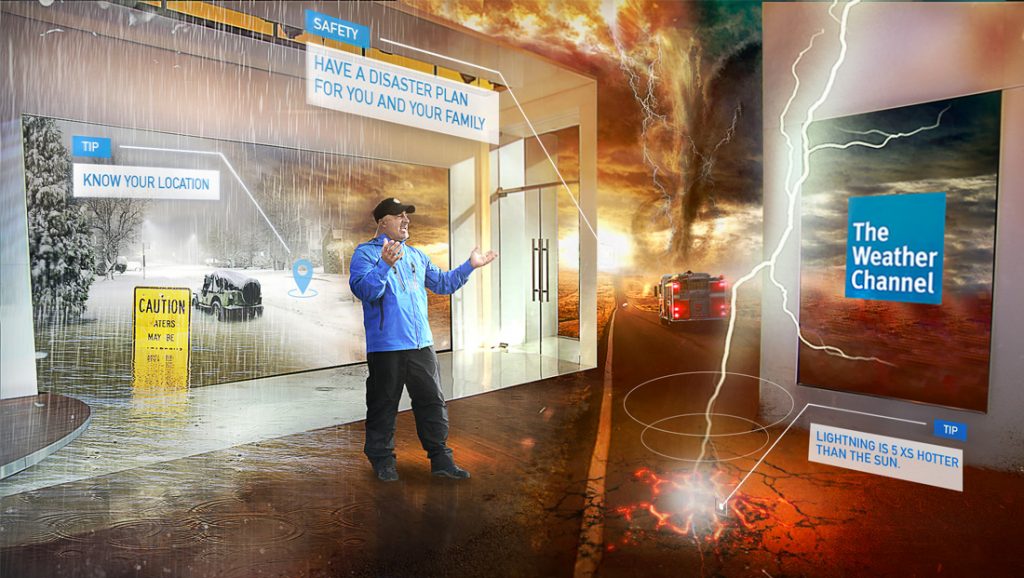A whole new magical world that we can experience with Mixed Reality or HoloLens. In the digital world, you can directly experience any physical object or technology as a virtual representation. Today by using a digital representation of any machine or body organ we can experience its virtual hologram or attributes and properties. It is so miraculous that a child can feel and talk to his mother who could be miles away or is not alive. By making a digital twin or hologram or virtual representation of any person, architecture, and machine, we can carry out technological experiments and innovations without disturbing them.

Let’s suppose if we create a digital twin of a machine installed in a factory, then we will need all kinds of data like pressure or temperature about that machine. If in case the pressure or temperature on the valve mounted on that machine becomes high, then that data should be updated without wasting time at its digital model or digital twin or hologram. The delayed arrival of data may delay the action on the valve and may even result in an explosion. To eliminate this delay, the data has to be collected and processed at the location or edge of the machine itself. If the data is kept at the edge and processed, the valve of the machine can be adjusted in time by means of a remote controller. This controller is also called an edge orchestrator.
As another example If the data of any physical object or weather monitoring sensor or application is collected and processed at the edge location, then only the processed data would be sent to the cloud which could be of less size and will take time. The result is low bandwidth, low cost, and low latency. This sensor can also be placed in a location where there is a high risk of cloudburst or flood or landslide. By having an edge computing or data processing approach, only at the location itself, we can generate useful information in a nutshell about any natural disaster that occurs and can-do research on the impact in advance and hence protect the living beings. Any preventive action could be taken in advance.
Hance Edge computing has become essential to mitigate the effects of changing weather and climate change. If data is processed at the edge, then it is possible that the natural disaster can be forecasted in time and human lives could be saved.
![]()


